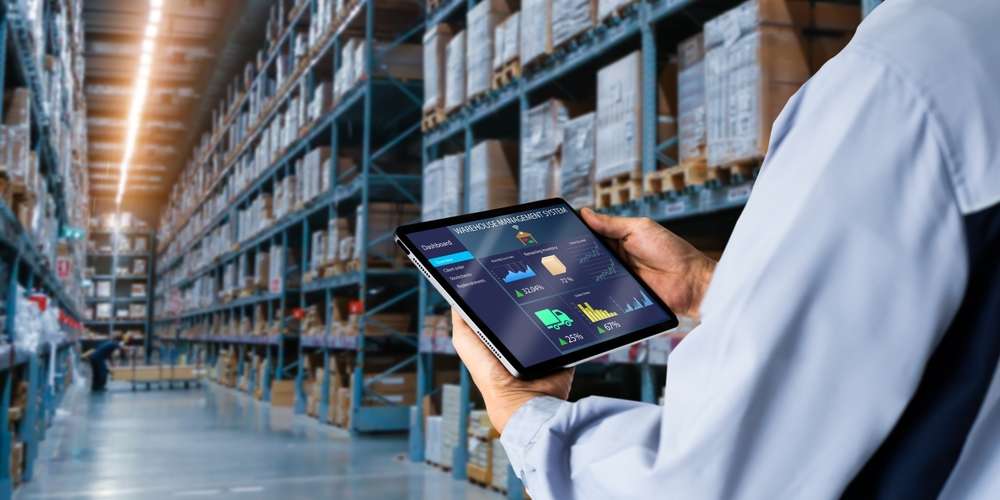Mastering Reverse Logistics: A Key to Sustainable Business Growth
Reverse logistics has emerged as a critical component of modern business operations, yet many companies still struggle to harness its full potential. This often-overlooked aspect of supply chain management offers a wealth of opportunities for cost reduction, customer satisfaction improvement, and environmental stewardship. As businesses face increasing pressure to optimize their operations and reduce waste, mastering reverse logistics has become essential for long-term success and sustainability.

The Evolution of Reverse Logistics
Reverse logistics has come a long way since its inception in the 1980s. Initially viewed as a necessary evil to handle product returns, it has evolved into a strategic business function with the potential to drive significant value. Early reverse logistics efforts were often reactive and focused primarily on minimizing costs associated with returns. However, as consumer expectations shifted and environmental concerns gained prominence, businesses began to recognize the importance of developing more sophisticated reverse logistics capabilities.
The advent of e-commerce has further accelerated the need for efficient reverse logistics systems. With online purchases comes a higher rate of returns, as customers cannot physically inspect products before buying. This trend has forced retailers and manufacturers to invest in robust reverse logistics infrastructure to handle the increased volume of returns and ensure a seamless customer experience.
The Strategic Importance of Reverse Logistics
Effective reverse logistics management offers numerous benefits that can significantly impact a company’s bottom line and competitive positioning. By optimizing reverse logistics processes, businesses can:
-
Reduce costs associated with returns handling and processing
-
Improve customer satisfaction and loyalty through efficient return policies
-
Recover value from returned or end-of-life products
-
Enhance sustainability efforts through proper recycling and disposal
-
Gain valuable insights into product quality and customer preferences
Moreover, a well-executed reverse logistics strategy can serve as a powerful differentiator in crowded markets. Companies that excel in managing returns and product lifecycles often enjoy stronger customer relationships and increased brand loyalty.
Challenges in Implementing Reverse Logistics
Despite its potential benefits, implementing an effective reverse logistics system presents several challenges. One of the primary obstacles is the unpredictable nature of product returns. Unlike forward logistics, where demand can be forecasted with relative accuracy, reverse logistics deals with a highly variable and often spontaneous flow of goods.
Another significant challenge lies in the complexity of sorting and processing returned items. Each product may require a different handling approach, depending on its condition and potential for resale or recycling. This complexity necessitates sophisticated tracking systems and well-trained staff to ensure efficient processing.
Additionally, businesses must navigate the intricate web of regulations surrounding product disposal and recycling. Environmental laws and corporate social responsibility expectations place increasing pressure on companies to dispose of products in an environmentally friendly manner, adding another layer of complexity to reverse logistics operations.
Innovative Approaches to Reverse Logistics
To overcome these challenges and maximize the benefits of reverse logistics, forward-thinking companies are adopting innovative approaches and leveraging cutting-edge technologies. One such approach is the implementation of advanced analytics and artificial intelligence to predict return patterns and optimize processing workflows.
Some businesses are exploring the use of blockchain technology to enhance transparency and traceability in reverse logistics operations. By creating an immutable record of a product’s journey through the reverse supply chain, companies can improve accountability and streamline the returns process.
Another emerging trend is the concept of “circular economy” reverse logistics, where businesses design products with end-of-life considerations in mind. This approach facilitates easier disassembly, recycling, and value recovery, reducing waste and environmental impact while potentially creating new revenue streams from reclaimed materials.
The Role of Partnerships in Reverse Logistics Success
Given the complexities involved in reverse logistics, many companies are turning to strategic partnerships to enhance their capabilities. Collaborating with specialized third-party logistics providers (3PLs) can offer access to expertise, infrastructure, and technologies that might be prohibitively expensive to develop in-house.
These partnerships can take various forms, from outsourcing entire reverse logistics operations to collaborating on specific aspects such as transportation or recycling. By leveraging the strengths of specialized partners, businesses can focus on their core competencies while ensuring efficient and effective reverse logistics management.
Actionable Strategies for Optimizing Reverse Logistics
• Conduct a thorough assessment of your current reverse logistics processes to identify bottlenecks and improvement opportunities
• Invest in robust tracking and inventory management systems to enhance visibility throughout the reverse supply chain
• Develop clear, customer-friendly return policies that balance consumer satisfaction with operational efficiency
• Explore opportunities for value recovery from returned products through refurbishment, parts harvesting, or recycling
• Implement training programs to ensure staff are equipped to handle the unique challenges of reverse logistics
• Consider partnering with specialized 3PLs to leverage their expertise and infrastructure
• Utilize data analytics to predict return patterns and optimize resource allocation
As businesses continue to navigate the complexities of modern supply chain management, mastering reverse logistics will become increasingly crucial. By viewing returns and product end-of-life management as opportunities rather than burdens, companies can unlock new sources of value, enhance customer loyalty, and contribute to a more sustainable future. The journey to reverse logistics excellence may be challenging, but the potential rewards make it a worthy pursuit for any forward-thinking business leader.





